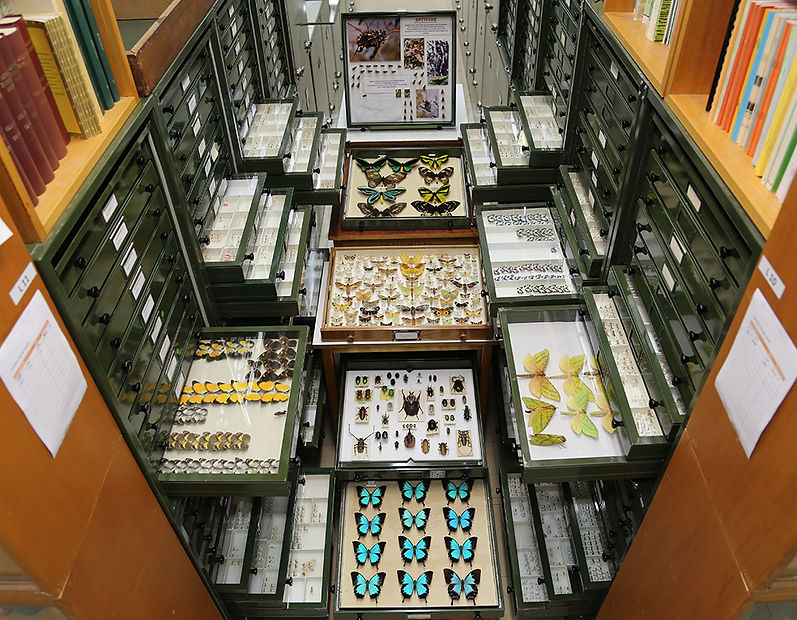
What is
Taxonomy?
Taxonomists and biosystematists are scientists whose task is to discover, discern, describe, name, classify, study, compare and identify the world’s living and extinct species and other taxa.
Taxonomists and biosystematists build a critical framework – species, their names and classification – that supports conservation, biosecurity, agriculture and aquaculture, human and animal health, and many other sciences and activities.
And by exploring the depths and breadth of the living world and seeking to understand its origins, diversity and species, taxonomists address some of the most profound questions in science: What is life? How has it evolved? And what does the future hold for life on Earth?

A southern blue-ringed octopus (Hapalochlaena maculosa). Many new species of blue-ringed octopus have been discovered in recent decades around Australia's southern shores.
Photo: Julian Finn © Museums Victoria
Much taxonomic research is done in and depends on scientific collections of specimens in museums and herbaria, which together document Australia's biodiversity from the prehistoric past to the present.
These collections comprise an immensely valuable scientific infrastructure for research, education, industry and society. The collections document our knowledge of the species that occur in Australia and their relationships, distribution, status and variation.

A tiny part of the Lepidoptera (butterflies and moths) collection at the Australian National Insect Collection. These scientific specimens in collections such as this document the species that occur in Australia and their distribution and variation. Photo © CSIRO
Australia is biologically rich, one of only 17 countries classed as biologically megadiverse. Together, the megadiverse countries account for less than 10% of the Earth’s land surface but support more than 70% of its terrestrial biodiversity.
And yet, taxonomists estimate that only 30% of Australian marine and terrestrial living species have been discovered and named so far. 70% of our biodiversity remains undiscovered, unknown and un-named.
Completing our understanding of the species with which we share Australia is a key task for taxonomy and biosystematics. With so many species remaining undiscovered, we cannot adequately manage Australia sustainably, conserve our rich biological heritage, manage future risks both to ourselves and to our environment, or benefit from our biodiversity.
Taxonomy Australia supports, represents and advocates for taxonomy and biosystematics in Australia.

Verticordia ovalifolia, one of the many spectacular wildflowers in Western Australia discovered, described and documented by taxonomists. Photo: K. Thiele CC-BY


